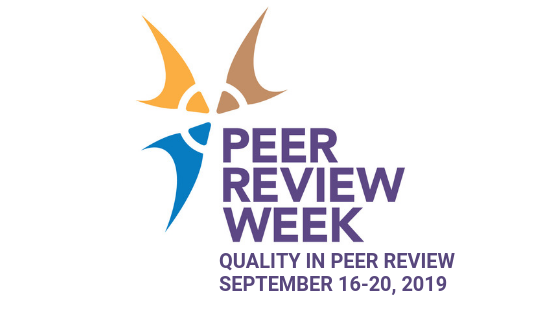Hundreds of Journals' Editorial Practices Captured in Database
The platform evaluates these journals’ peer-review procedures and invites journal editors to provide such information for inclusion in the database.
Send us a link
The platform evaluates these journals’ peer-review procedures and invites journal editors to provide such information for inclusion in the database.
We are pleased to announce the next OASPA webinar which will explore recent steps to increase efficiency and speed in the publication of COVID-19 research (Wednesday 24th June 2020, 4.00 pm Central European Time).

Published scientific research, like any piece of writing, is a peculiar literary genre.

Authors, editors and publishers differ in their understanding of and the value they attach to the purposes of peer review.
Peer review is embedded in the core of our knowledge generation systems. Despite its critical importance, it curiously remains poorly understood in a number of dimensions. In order to address this, this paper assesses where the major gaps in the theoretical and empirical understanding of peer review lie.
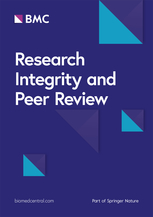
The study replicates the NIPS experiment of 2014, showing that the ratings of peer review are not robust, and that altering reviewers leads to a dramatic impact on the ranking of the papers. This paper also shows that innovative works are not highly ranked in the existing peer review process, and in consequence are often rejected.
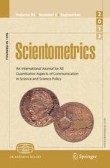
To speed information sharing, many scientists are posting paper drafts directly online. What are the potential downsides of that?

eLife is making changes to its policies on peer review in response to the impact of COVID-19 on the scientific community.
Ready to stop asking yourself, what is a peer review in science? Allow us to enlighten you. Here is your complete guide!

The public call for rapid sharing of research data relevant to the COVID-19 outbreak is driving an unprecedented surge in (unrefereed) preprints. To help pinpoint the most important research, Nature launched Outbreak Science Rapid PREreview, an open-source platform for rapid review of preprints related to emerging outbreaks.
Journals, funders and scholars must work together to create an infrastructure to study peer review.
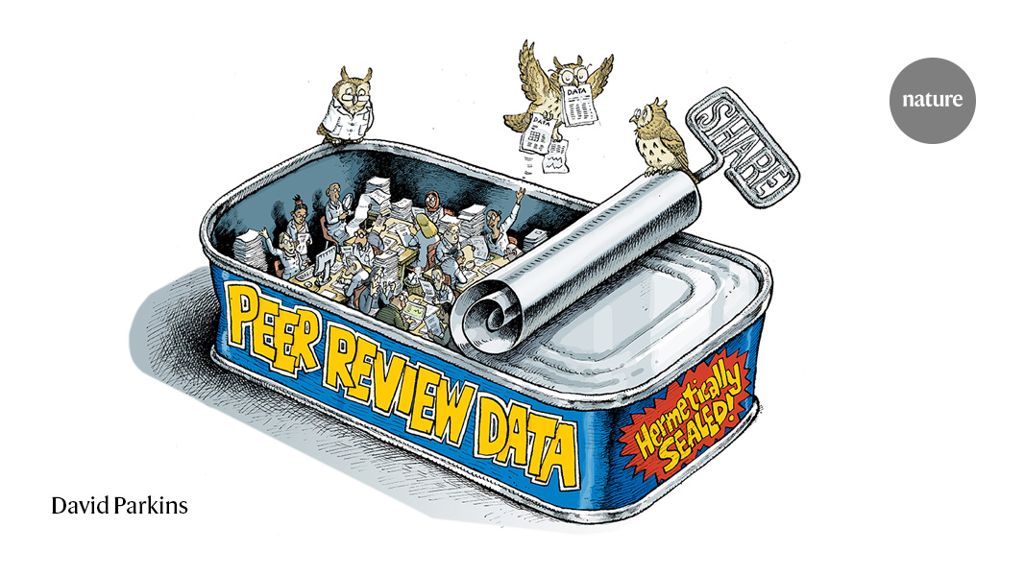
Many of the words used by scientists when reviewing manuscripts, job candidates and grant applications - words such as incremental, novelty, mechanism, descriptive and impact - have lost their meaning.
Research involves deep discussions between authors and reviewers. Starting this week, readers of some Nature Research journals will be able to see this up close.

Peer review can increase the chances of future collaboration, but it doesn't help much against author conflicts of interest.

How has peer review fared in the 2010s? We outline some key trends that have helped to define, challenge and progress the peer review system over the decade.

Researchers of color are particularly vulnerable to "unprofessional" comments.

ASAPbio and EMBO Press have launched Review Commons, a platform for high-quality, journal-independent peer review of manuscripts in the life sciences before they are submitted to a journal.
More than 800 PLOS articles have already been published with accompanying peer review history, transforming options for transparency in the assessment process.

Some funders and publishers call it unethical, for others, it's par for the course.
Michael Eisen, eLife's Editor-in-Chief, reflects on lessons learned from a recent peer-review trial, and describes how eLife aims to make peer review more effective.
We're increasing peer review transparency by making it easier for public comments on preprints to be considered in the review process at PLOS journals.

Early career researchers commonly peer review manuscripts on behalf of invited reviewers, often without receiving feedback or being named to the journal.
Recent allegations of copyright violations against a professor who shared his own work on his website spark debate about ownership and whether peer reviewers should be paid.
Peer review is embedded in the core of our scholarly knowledge generation systems, conferring legitimacy on research while distributing academic capital and prestige on individuals. Despite its critical importance, it curiously remains poorly understood in a number of dimensions.
Peer review process helps funders make decisions, but researchers say it is lacks transparency and takes up too much of their time.
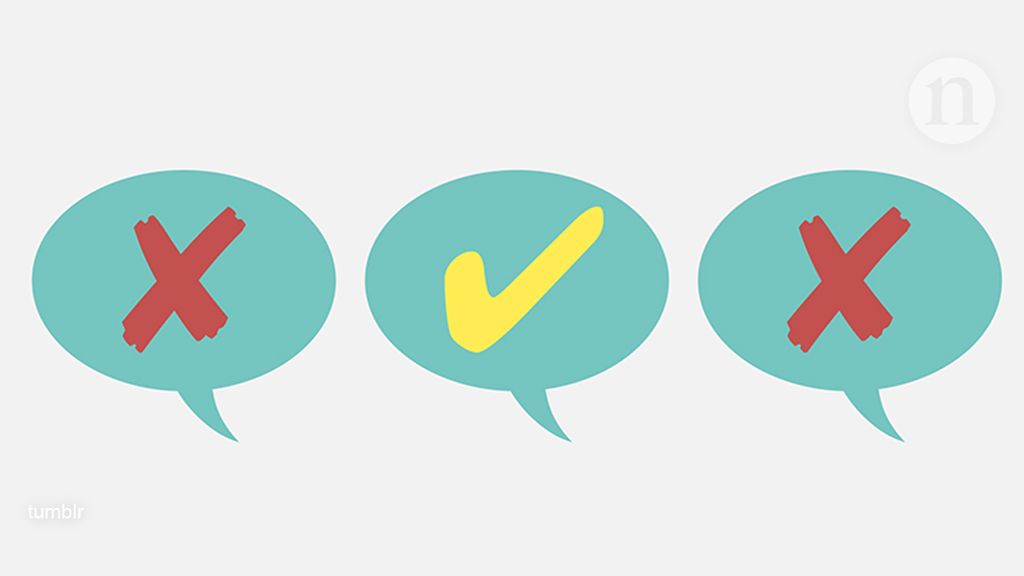
BioRxiv, the server for life sciences preprints, has begun an experiment that allows select journals and independent peer-review services to publicly post evaluations of its papers should the authors make the request.

A Publons study aiming to bridge the gap in data and insights into the peer review of research funding and grant applications.
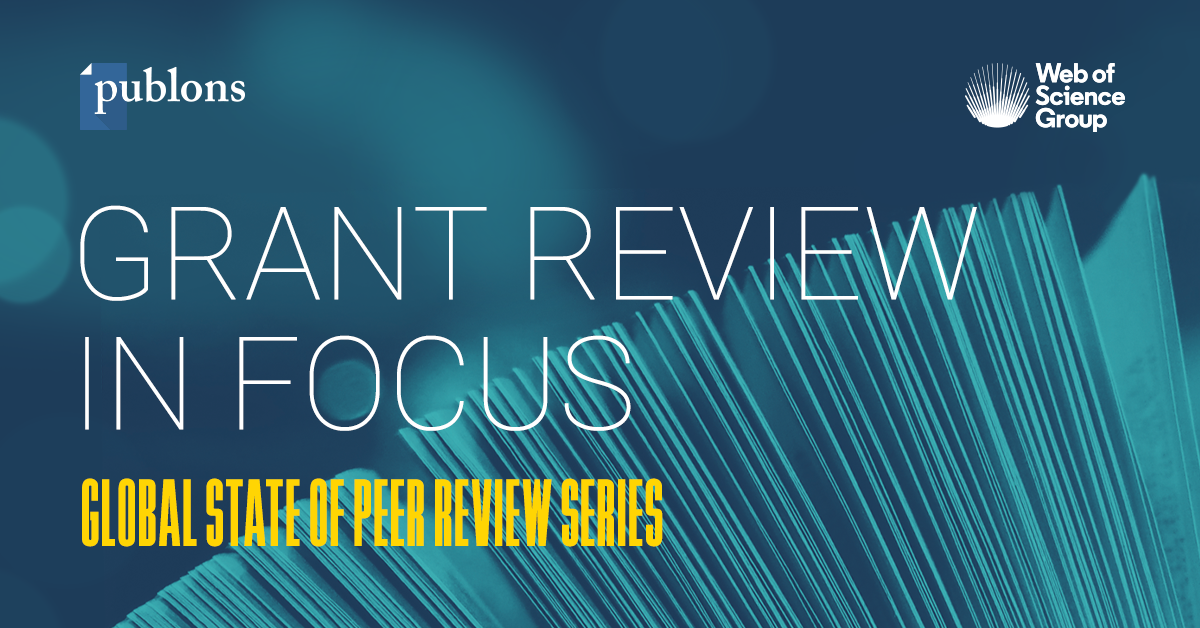
A researcher offers three principles for providing constructive, respectful feedback

The Committee on Publication Ethics (COPE) discuss what you should consider when you are asked to peer review a manuscript.
Continuing our celebration of Peer Review Week 2019, today Alice Meadows interviews Tracey Brown, OBE, Director of Sense about Science, which has been involved in Peer Review Week from the start.
